East Africa drought affecting millions in Ethiopia Somalia and Kenya
- Published
- comments
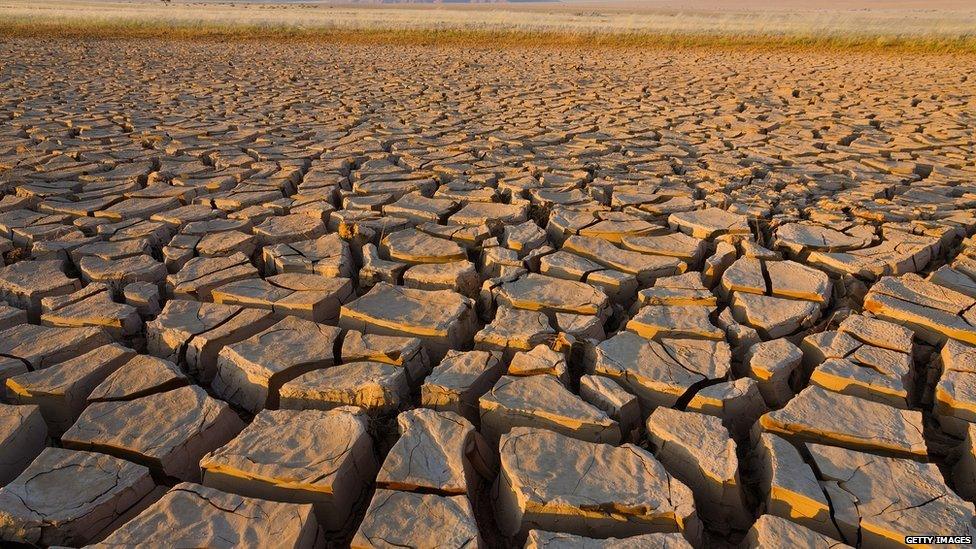
A drought affecting the Horn of Africa region is causing huge problems for people living there.
The United Nations' World Food Programme (WFP) says 13 million people across Ethiopia, Somalia and Kenya are facing severe hunger because of the continued drought.
Failed harvests and food shortages, caused by the dry weather, are forcing families to leave their homes.
Michael Dunford, from the WFP in Eastern Africa said: "Harvests are ruined, livestock are dying and families are bearing the consequences of increasingly frequent climate extremes."
Why is there a drought?
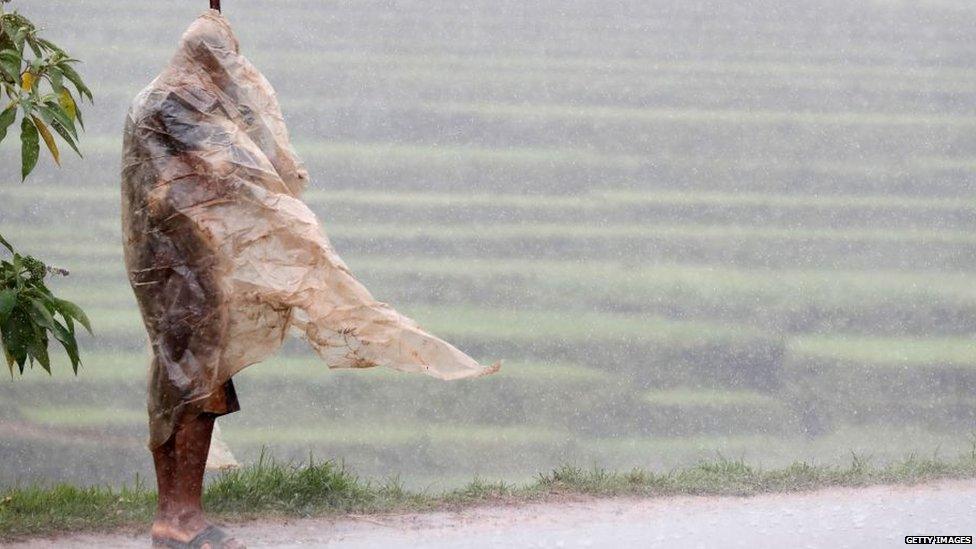
Many countries in Africa should have two rainy seasons a year
A drought happens when there is not enough rain for a long period of time.
For three rainy seasons in a row, the Horn of Africa has had very little rainfall.
This means that farmers can't get enough water for their crops to grow - the land that crops grow on has dried out.
When crops fail there's not enough food, like vegetables or cereals, to feed people and their farm animals.
And with so few crops to farm or animals to look after, those who work in farming jobs aren't working so can't get paid.
Rainy seasons in Africa, also known as wet seasons, are periods in the year when huge amounts of rain falls. Countries and continents close to the equator have both wet and dry seasons.
Who is being affected?
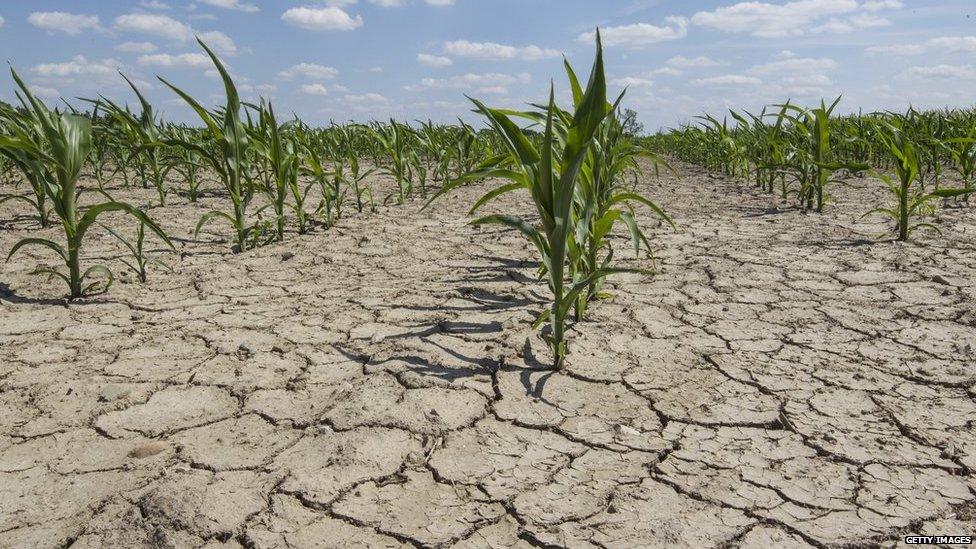
Droughts can mean that farmers can't get enough water to help their crops to grow
The drought is causing huge problems for millions of people across the Horn of Africa.
Because of the falling number of livestock and failing crops many people are losing their jobs - farming provides a high number of jobs in many areas.
"Harvests are ruined, livestock are dying and families are bearing the consequences of increasingly frequent climate extremes," Michael Dunford says.
Charity Save The Children says the drought is forcing children to drop out of school and families are being displaced, meaning they have to leave their homes, because of the drought.
Millions of people are going hungry.
What happens next?
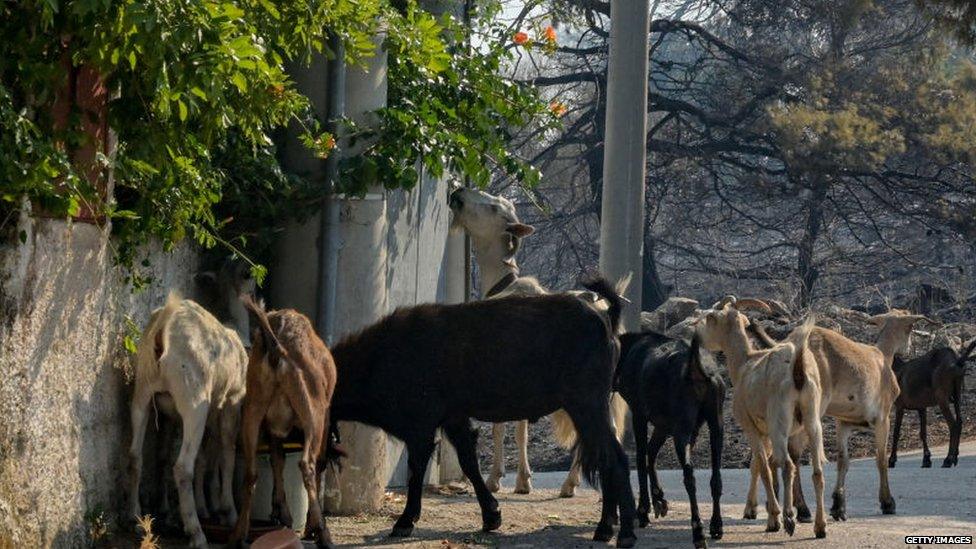
Charities are appealing to countries around the world to help those affected by the drought.
The WFP is asking for $327m (£242 million) to launch a Regional Drought Response Plan.
In the short term the aim is to provide food and cash grants for those in desperate need of help.
Longer term charities and aid organisations hope to help farmers become better equipped to cope with less rain and more drought.
The World Food Programme say this is important, because this kind of extreme weather could, with climate change, become the norm.
- Published20 January 2020
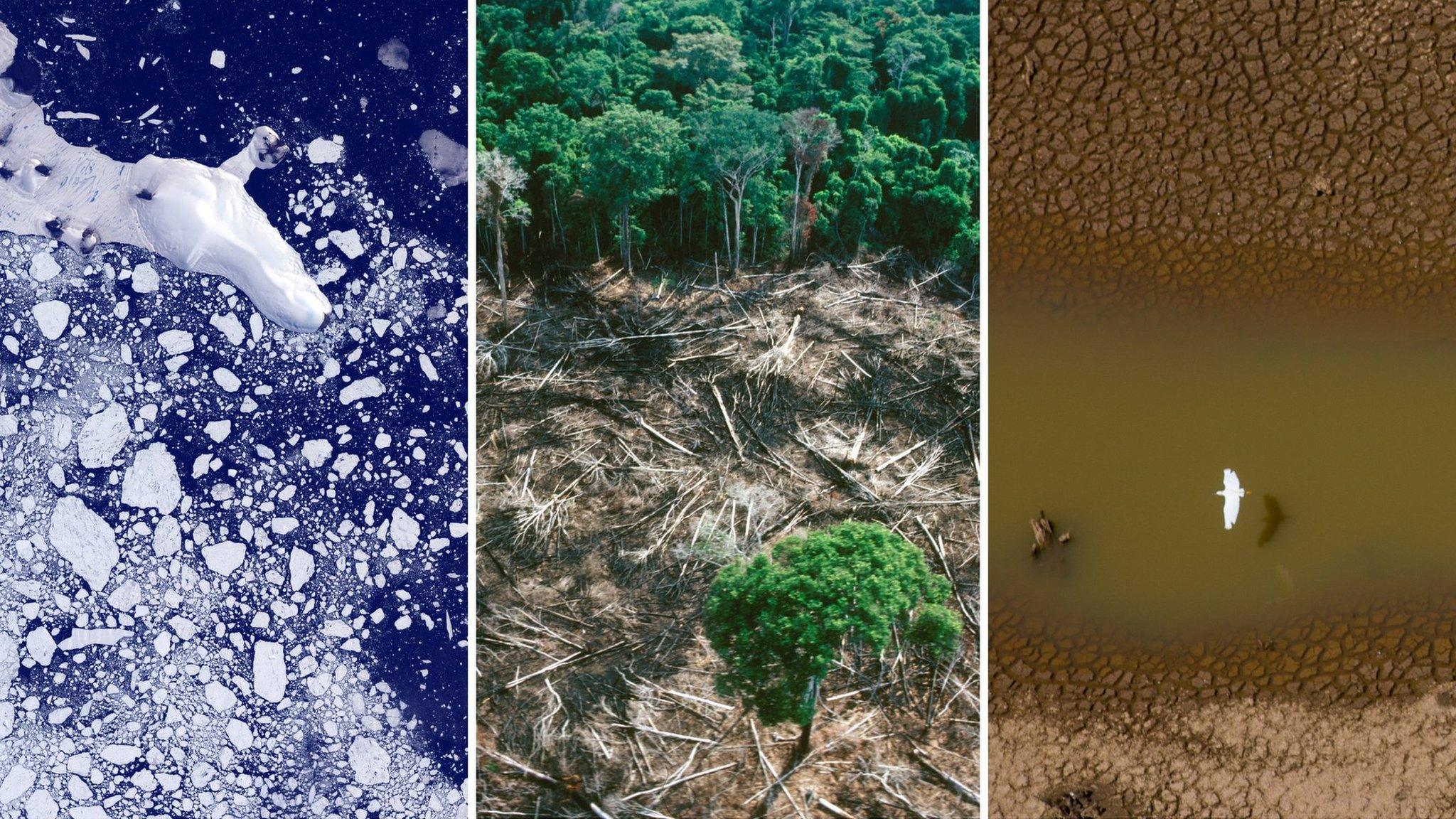
- Published26 July 2019
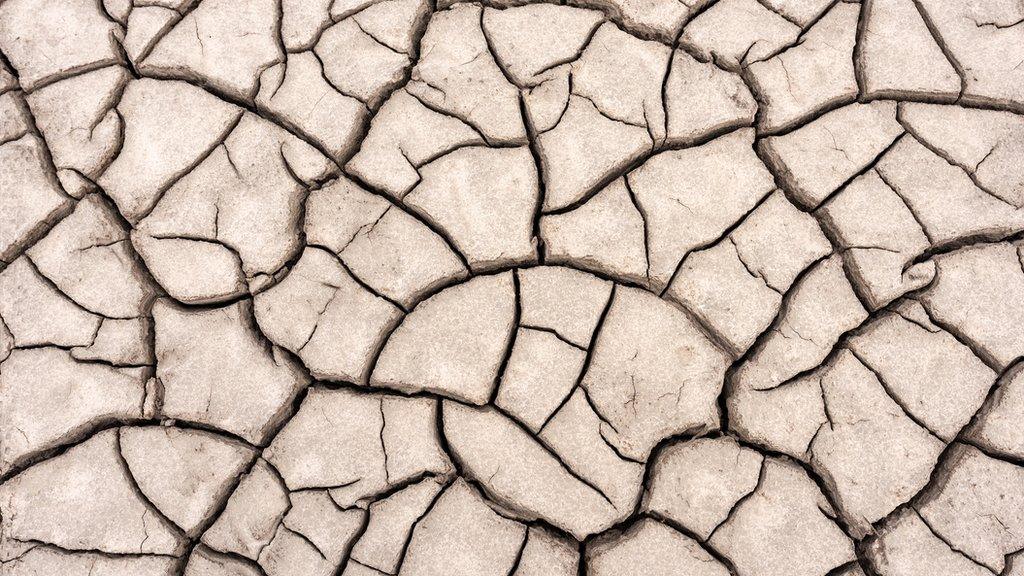
- Published29 August 2022

